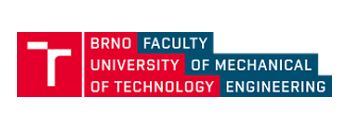


Designing Sustainable Process Utility Systems for the Future
by Robin Smith
ABSTRACT
The evolution of the current designs of utility system to be more sustainable requires a tool to create a roadmap from the current designs to the sustainable designs of the future. Primary energy in process utility systems is currently overwhelmingly dominated by the use of fossil fuels, mainly natural gas and oil, but also coal in some countries. Sustainability requires a switch to renewables and waste-to-energy systems. However, the energy intensive process industries also have some special energy requirements that bring additional difficulties for such a switch. Firstly, the heating requirement is often far higher than the power demand. Secondly, heat is often required at very high temperatures. These problems, coupled with the intermittency of renewable energy create major challenges for the development of sustainable utility systems. This presentation will discuss a new approach to solve this problem. A new framework has been developed to allow the synthesis of process utility systems coupled with life cycle analysis. The resulting optimisation problem becomes complex and multi-objective.
To address sustainability issues, the framework not only allows cost optimisation, but also integrates life-cycle analysis. The resulting multi-objective optimisation uses Pareto fronts to examine the trade-off between cost and environmental impact. These allow the identification of designs where there can be significant improvements in environmental performance at marginal economic penalty.
